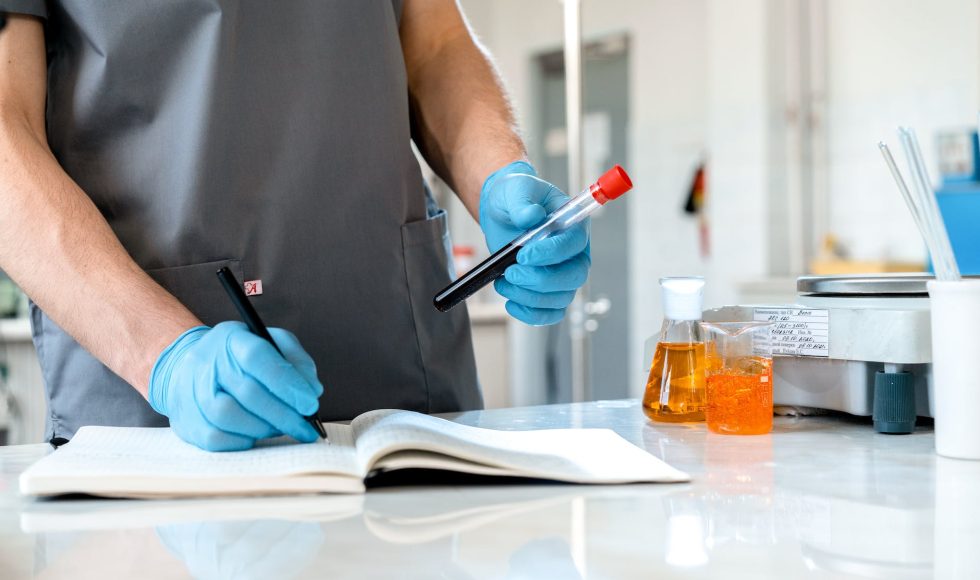I am continuing to watch the ASM JMBE live sessions. The session was entitled “Training for Responsible and Ethical Management of Lab Notebooks in CUREs.” Caitlin Light presented their study along with Sonia Hills, a former undergraduate peer mentor. Light is at Binghampton University and involved with the first-year research immersion program. The program enrolls 300 first-year students, and there are three semesters of CUREs. The first semester is a research methods seminar. The second semester is in the lab. The third is dedicated to conducting research studies. Responsible and Ethical Conduct of Research in course-based undergraduate research (CURE) experiences is emphasized. Light was involved with the Ethics Network for Course-based Undergraduate Research (ENCOUR) and was my “pod” mentor last year. Light explained that their task as an ENCOUR Fellow was to develop an RECR resource. Light explained that maintenance of a lab notebook is an important scientific practice. Light shared a prompt: “take a moment to reflect, how did you learn to maintain a proper research lab notebook?” Most of the attendees shared that they learned during graduate school. The procedure for pre-lecture student learning objectives were to:
- Create and maintain lab notebooks for research that meet scientific standards for experimental replication.
- Assess and revise lab notebooks so that they better meet scientific standards for experimental replication.
- Describe the importance and ethical responsibilities of record keeping with regards to the impacts it can have on downstream users.
- Predict the future consequences for themselves and broader communities if the daily professional responsibilities of record keeping are neglected.
Light described that they did a pre-survey and had a pre-activity lecture. The pre-lecture shared what is a lab notebook. The published JMBE article has the rubric, which ranges from non-compliant to fully compliant. The team created a notebook lab entry. The post-lecture focused on assessing and revising the lab notebook entry and reflecting. Light and team concluded that the iterative practice and feedback on the lab notebooks may contribute to improve lab notebook activities and significant change in student understanding of lab notebooks pre/post was identified. Importantly, Light and colleagues see a “disconnect between knowledge and application in CURE setting.” In the future, the team wants to track and assess skills beyond the second semester. The question and answer session included Sonia’s input as a student and user. Students in this program work on lab notebooks in pairs. They used Microsoft OneNote. A question came up about the preference for physical or electronic lab notebooks (ELNs). Light explained how they are teaching students to archive copies that can’t be changed as easily. One participant shared that they have set up a system with one person acting as the scribe and another doing the experiments. Light mentioned that they published a JMBE article describing how they used iPads and students worked in pairs: one in lab and one virtual. I will have to keep these two articles in mind as we update our ELN study manuscript.



